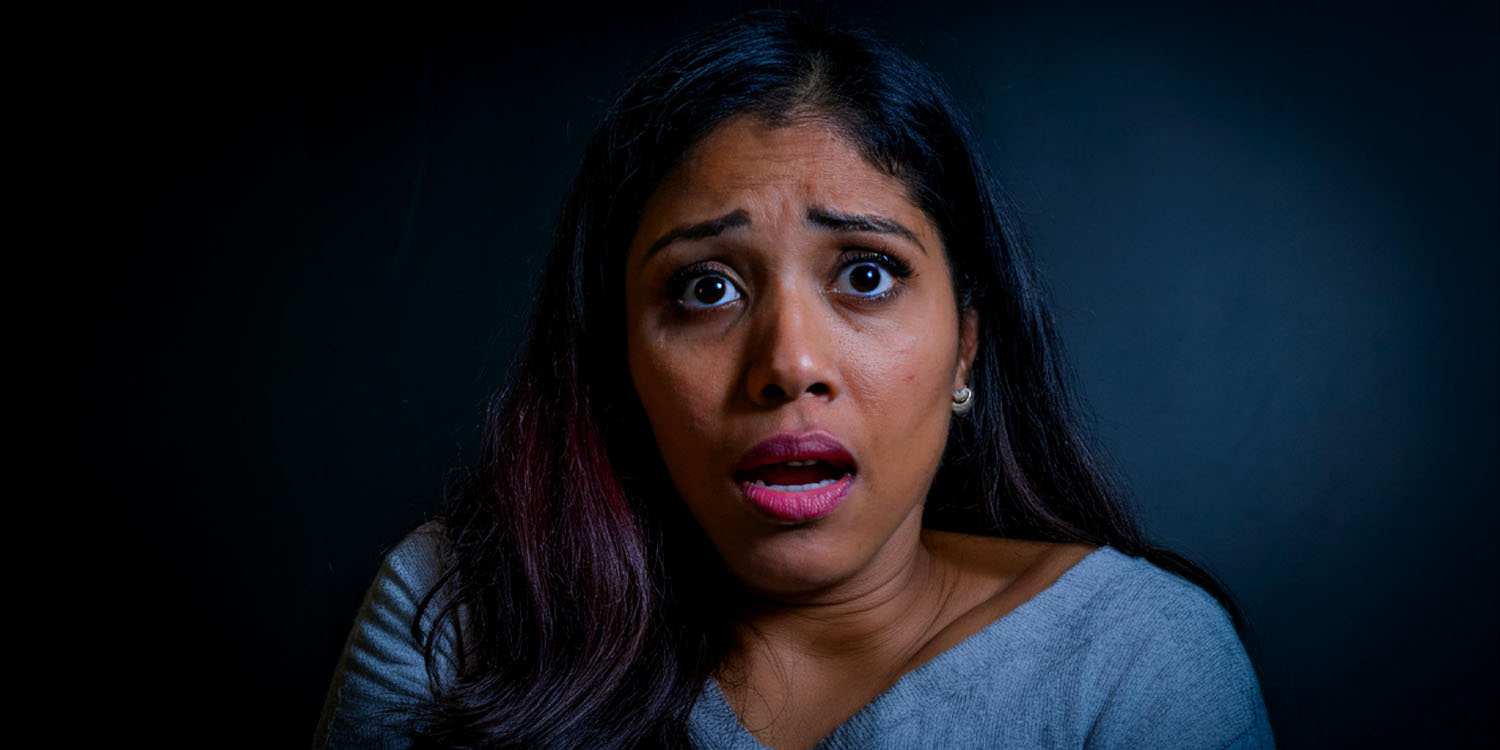Anticipation can be more terrifying than the actual event. This idea, famously captured by filmmaker and “master of suspense” Alfred Hitchcock, has now been scientifically explored by researchers at the University of California, Davis. Their recent study, published in the journal Computational Psychiatry, reveals that the hazard rate—the increasing likelihood that a negative event will occur as time passes—intensifies anxiety more than the actual probability of the event itself.
The motivation behind this study stemmed from a fundamental need to understand the mechanics of anxiety, a condition that affects a substantial portion of the global population. Anxiety disorders are among the most common mental health issues, often leading to significant distress and impairment in daily functioning.
Despite their prevalence, the underlying mechanisms, particularly how uncertainty exacerbates anxiety, remain poorly understood. This gap in knowledge inspired researchers at the University of California, Davis, to investigate how different aspects of uncertainty contribute to the intensity of anticipatory fear.
The researchers were particularly interested in the concept of hazard rate — the perceived likelihood of an adverse event occurring as time progresses. Traditional studies on anxiety often focused on the probability of an event, but the UC Davis researchers hypothesized that the timing of the uncertainty could play a crucial role in the intensity of anxiety experienced.
The study involved 42 volunteers who participated in a virtual environment. In this environment, they could receive mild electric shocks at unpredictable times. Participants were incentivized to stay in the environment with a small cash reward, earning one cent per second, but they had the option to leave at any time to avoid the shock.
To isolate the effect of hazard rate, the researchers created two distinct scenarios. In the first scenario, the shock could occur at any moment within a ten-second window, making the hazard rate high because the likelihood of the shock increased as time passed.
“If you know something is going to happen, as time goes on the hazard rate goes up because you know it didn’t happen earlier,” said senior author Andrew S. Fox, an associate professor of psychology at UC Davis. “The hazard rate is always going to be higher if you don’t know when it is going to happen.”
In the second scenario, there was a countdown to the shock, so participants knew exactly when the shock would occur, making the hazard rate low until the countdown ended. Both scenarios had the same overall probability of receiving a shock, but the perceived timing of the threat differed.
Participants’ behavior and self-reported anxiety levels were monitored throughout the experiment. The researchers measured how often participants chose to leave the environment to avoid the shock and collected subjective anxiety ratings at various points during the experiment. This allowed the researchers to compare the impact of high and low hazard rates on both the decision to avoid the shock and the experienced level of anxiety.
The researchers discovered that participants’ anxiety levels were more strongly influenced by the hazard rate than by the actual probability of receiving a shock. In the scenario where the shock could occur at any moment (high hazard rate), participants reported significantly higher levels of anxiety compared to the scenario with a countdown (low hazard rate). This was evident from both their self-reported anxiety ratings and their behavior.
Participants were more likely to opt out of the high hazard rate scenario to avoid the shock, despite the overall probability of receiving a shock being the same in both scenarios. This behavior indicated that the anticipation of a potential threat, when its timing was uncertain, was more anxiety-inducing than the certainty of an impending threat. The data showed that as the perceived likelihood of the shock increased over time, so did the participants’ anxiety, leading them to forgo the potential monetary reward to avoid the anticipated shock.
“At each experimental time point, the threat hazard rate mapped almost perfectly to our participants’ behavior, whereas the momentary threat probabilities had no predictive value whatsoever,” explained co-author Dan Holley, a graduate student. “The volunteers also reported feeling significantly more anxious in the higher hazard rate environment.”
These results suggest that our brains are wired to track hazard rates as a survival mechanism. This tracking likely evolved to help us anticipate and avoid threats in our environment, even if those threats are not immediate.
“Imagine a gazelle on the Serengeti,” Holley explained. “As a matter of survival, it could keep its head down and graze a little longer, but the tradeoff is that it’s a bit more likely to be attacked by a lion.”
The longer the gazelle grazes, the more the hazard rate increases. “Something in its mind must be tracking the hazard rate and guiding its behavior accordingly,” Holley said.
The study’s findings provide a clearer understanding of how uncertainty and the perception of increasing threat contribute to anxiety. By focusing on hazard rates, the researchers were able to pinpoint a specific aspect of uncertainty that drives anxiety, offering new insights that could inform more effective treatments for anxiety disorders.
“Our model echoes Hitchcock’s insight: Sustained anticipation of a negative event can lead to mounting anxiety as the hazard rate increases,” the researchers concluded. “Anxious psychopathology is often characterized by emotional distress in putatively safe contexts, leading to avoidance and missed opportunities. Our model suggests hazard rate estimates can disproportionately increase in response to imagined or exceptionally rare threats.”
“This opens the door to identifying the precise mechanisms that lead to maladaptive avoidance and emotional distress characteristic of pathological anxiety by dissociating the probability of threat, hazard rate computations, and uncertainty per se. This computational re-imagining of uncertainty—a transdiagnostic marker of anxiety—provides a tractable framework for basic and clinical research aimed at understanding, preventing, and treating these conditions.”
The study, “Temporal Dynamics of Uncertainty Cause Anxiety and Avoidance,” was authored by Dan Holley, Erica A. Varga, Erie D. Boorman, and Andrew S. Fox.




